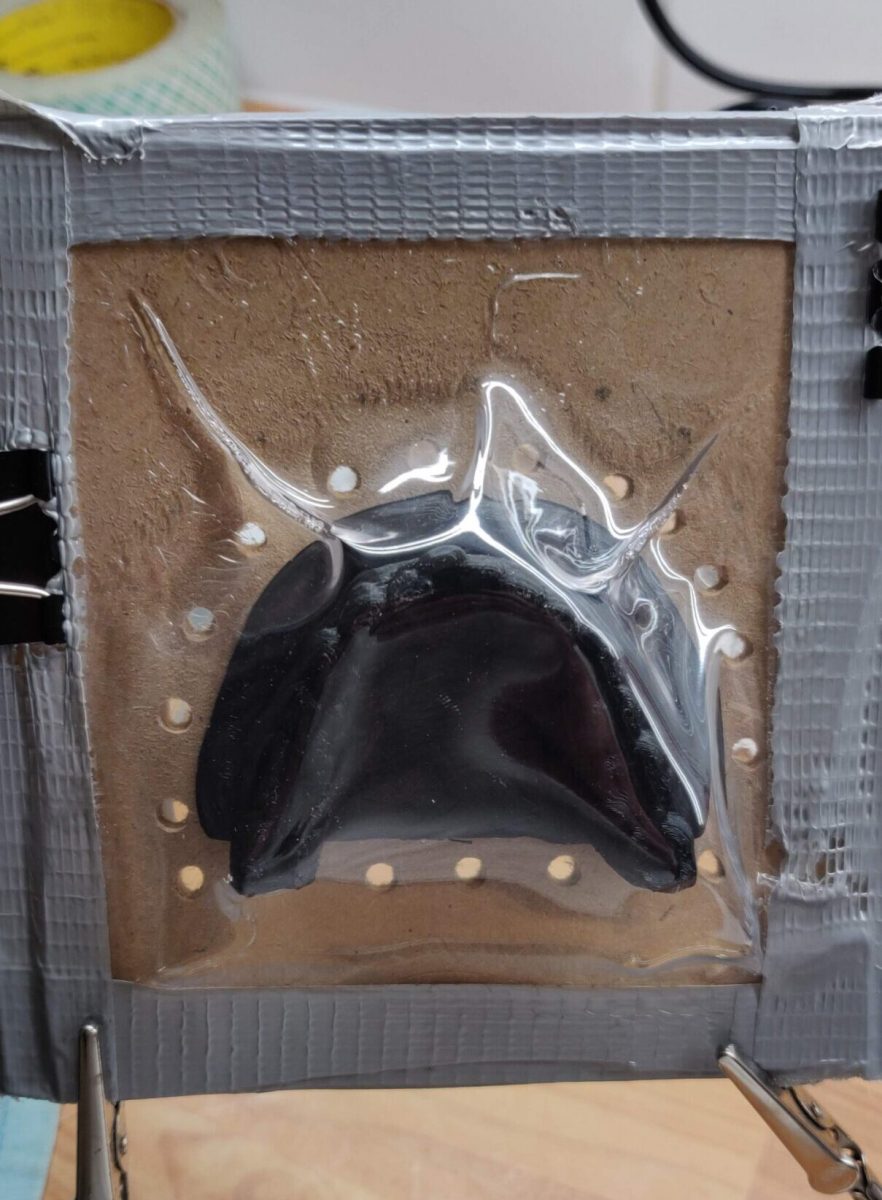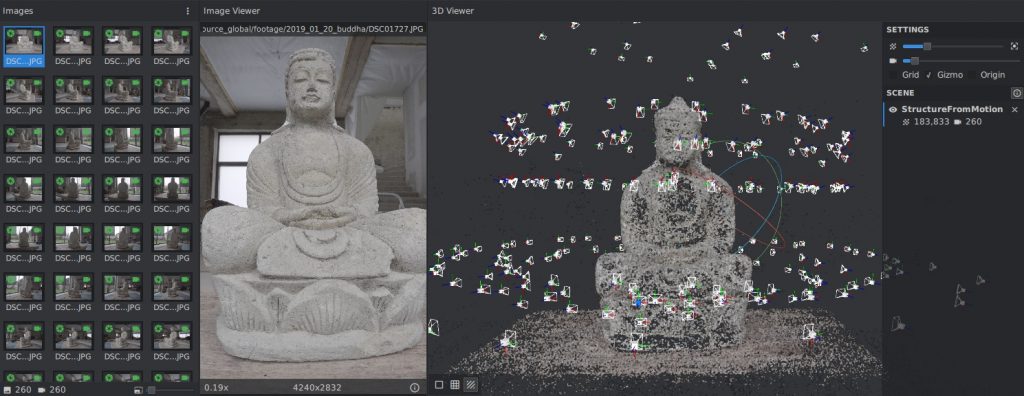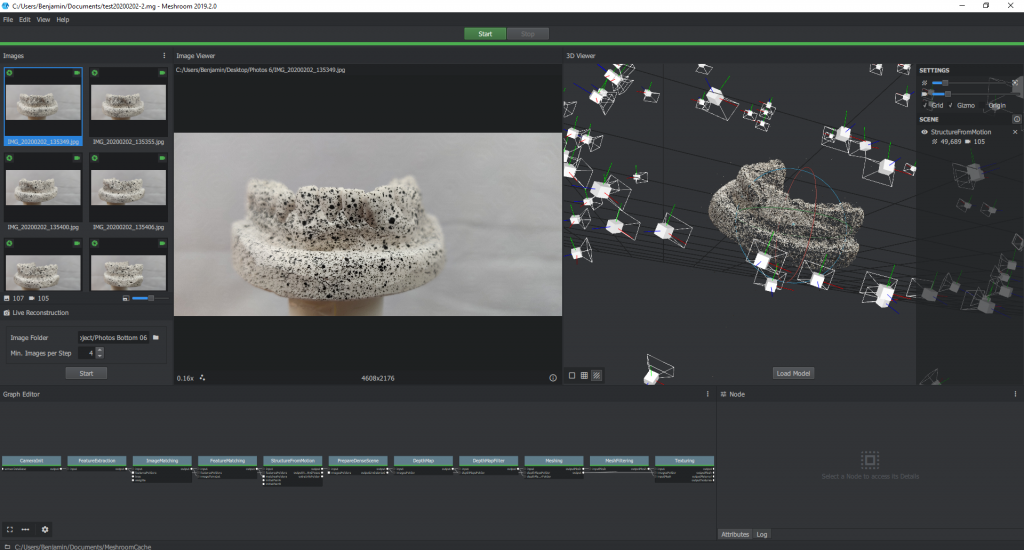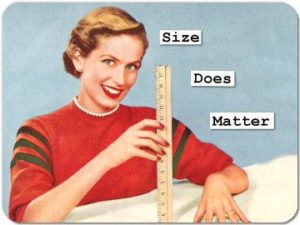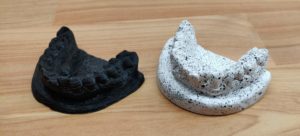Final challenge : the thermoforming ! Final, but definitively the part that was very long to adjust.
For that, I found dentist material (transparent thermoforming sheet 1mm) on internet, easily, for less than 0,4 euros each sheet.
This material was right, and 1 mm is enough (I tried 0,5 mm, but that’s too thick after thermoforming it)
This plastic sheet melt around 160°C, so I guessed that a heat gun was enough. WRONG !
First try and fail
At this point, I needed to perfect my system.
Dentists are using specific machine for the thermoforming, you can find some cheap one on eBay around 150€ but I prefered to built mine.
I found an interesting video on YouTube (or this one), showing the process : heating (a lot) and then vacuuming. My mistake was to try do it at the same time.
So I designed a frame, and use my kitchen oven for the heating part.
Final design
This went really well, even if I had to perfect my system in the beginning. Timing of heating and good aspiration were important.
At the beginning, my success rate was below 30%, and at the end (few days later) I was above 80%.
Sometimes I used a bit the heat gun to complete the thermoforming, because my aspiration was not strong enough. It was for small adjustments, but not always a good idea with the PLA nearby.
The last step was the cutting.

